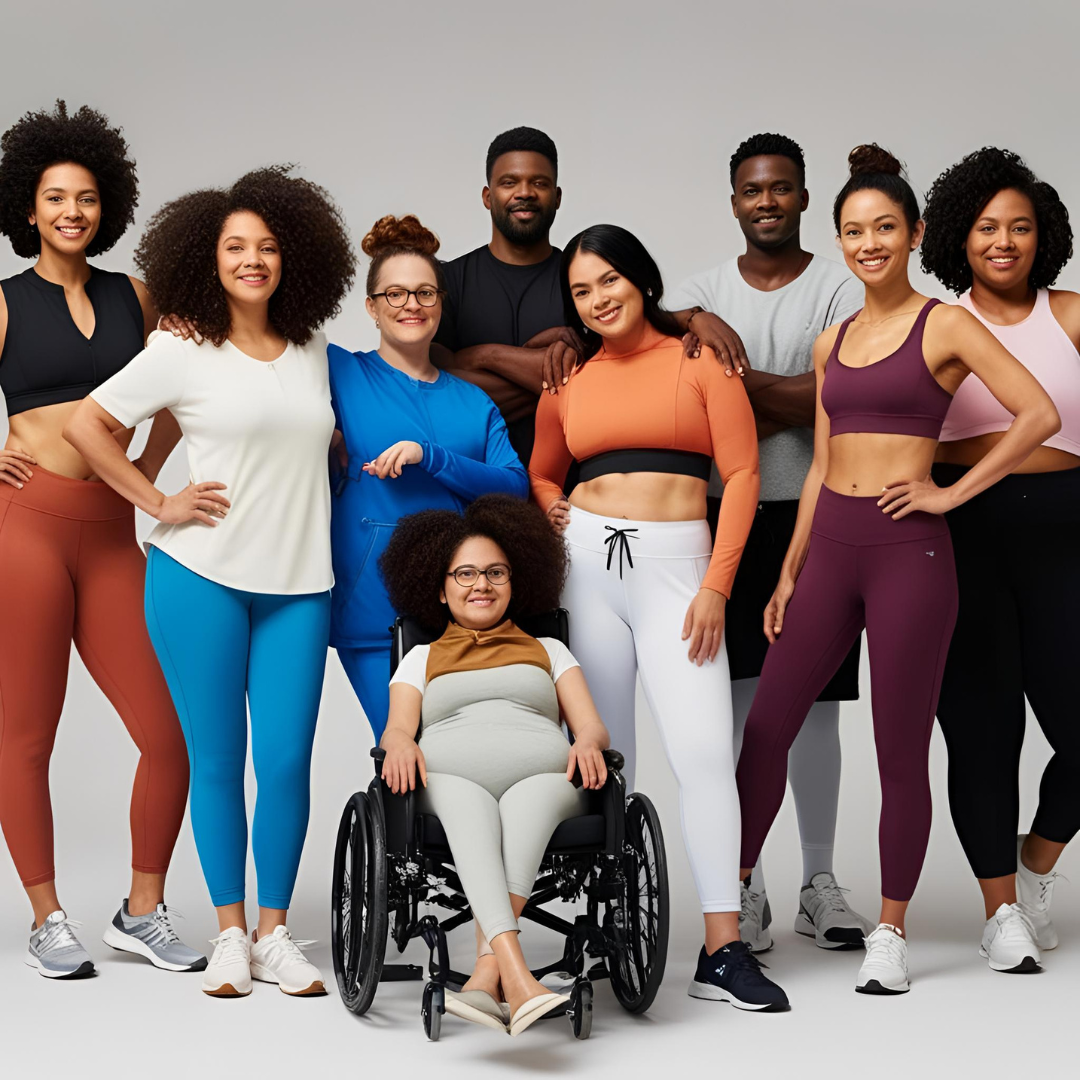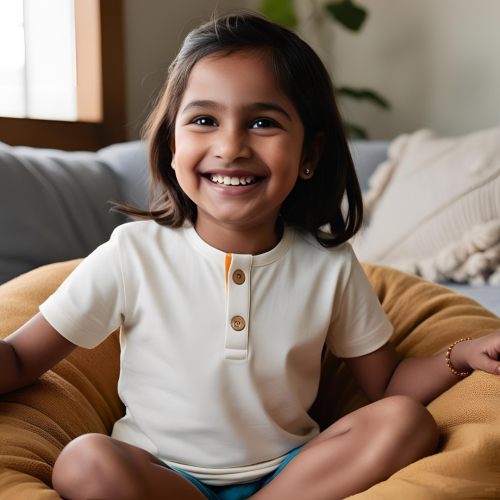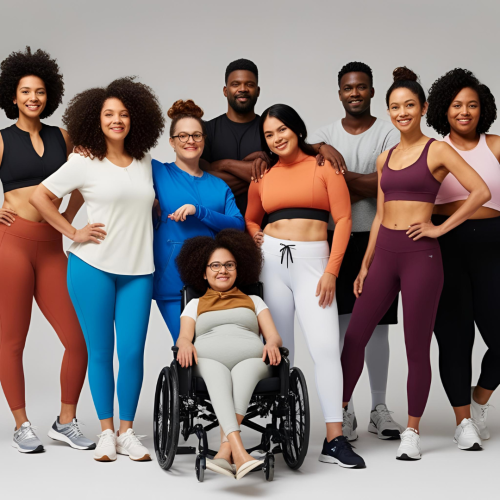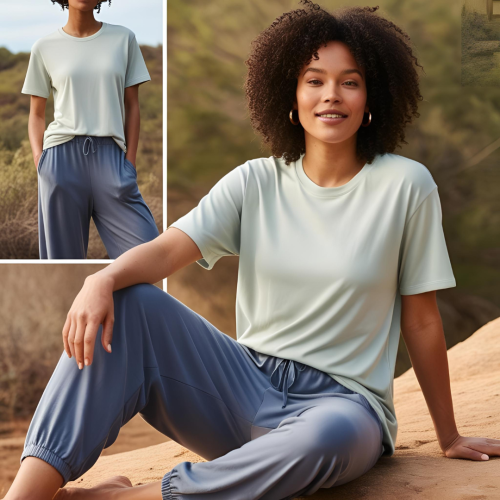Fashion has evolved significantly in recent years, moving towards greater inclusivity and representation of diverse body types, identities, and abilities. The fashion industry is beginning to embrace the idea that style is not confined to a specific mold but should be accessible to everyone—regardless of body shape, neurodiversity, or other unique needs. One of the most important movements within this shift is the inclusion of neurodivergent models in campaigns, which brings real representation to the forefront and sends a powerful message about acceptance and diversity.
This article explores the impact of campaigns featuring neurodivergent models, the significance of real representation, and how fashion can embrace the diversity of bodies, minds, and needs to create a more inclusive world for all.
Why Neurodivergent Representation Matters in Fashion
The term neurodivergent refers to individuals whose neurological development and functioning are atypical, including people with conditions such as autism, ADHD, dyslexia, and other cognitive or developmental variations. For many years, the fashion industry has primarily focused on models who fit a narrow standard of beauty, excluding those with neurodivergent traits and physical differences. However, increasing representation is crucial because:
- Breaking Stereotypes
Neurodivergent individuals have historically been portrayed in a very limited or negative light in the media. By including neurodivergent models in fashion campaigns, brands challenge these stereotypes, portraying individuals with different neurotypes in positive and empowering ways. - Encouraging Self-Expression
Fashion is a powerful form of self-expression, and neurodivergent individuals deserve to have their style reflected in the clothing they wear. When brands feature neurodivergent models, it encourages those individuals to embrace their uniqueness and express themselves authentically. - Fostering Inclusion and Acceptance
Real representation shows that everyone—regardless of their neurological makeup—deserves to feel seen, valued, and respected. It sends the message that fashion is for everyone, and that neurodivergent individuals are just as capable of being stylish and confident as anyone else.
Campaigns Featuring Neurodivergent Models: Paving the Way for Inclusivity
Several brands and fashion campaigns have already begun to make strides toward greater inclusivity by showcasing neurodivergent models. These initiatives are not only a step toward diversity but also offer a more accurate reflection of society at large. Here are some campaigns that have made an impact:
1. Tommy Hilfiger’s “Tommy Adaptive” Campaign
Tommy Hilfiger’s adaptive line, “Tommy Adaptive,” is designed for individuals with disabilities, including those who are neurodivergent. The brand has featured neurodivergent models in their advertising, and the clothing line includes thoughtful designs such as sensory-friendly fabrics, easy closures, and adjustable fits. The campaign emphasizes the importance of inclusivity, with models of various abilities, including neurodivergent individuals, proudly wearing the adaptive collection.
Impact: The campaign brought attention to the fact that fashion can be functional without sacrificing style. It also highlighted how clothing can be accessible, allowing individuals to feel confident and comfortable in their outfits.
2. ASOS’s “ASOS Design Inclusive” Campaign
ASOS has been at the forefront of body and mind inclusivity, featuring models of various body shapes, ethnicities, and neurotypes. Their “ASOS Design Inclusive” campaign focused on inclusive designs that accommodate different needs, including options for people with sensory sensitivities. ASOS has worked with neurodivergent models to show that fashion should reflect the diversity of its audience.
Impact: This campaign gave visibility to neurodivergent individuals in a mainstream fashion context, showing that people of all minds deserve to be represented. It also helped raise awareness of the importance of both comfort and style in fashion.
3. H&M’s “H&M for All” Campaign
H&M’s “H&M for All” campaign is another example of a major brand embracing inclusivity. The campaign includes neurodivergent models as part of its diverse representation of people with various abilities and needs. It highlights the brand’s commitment to inclusivity, demonstrating that every person, regardless of neurological differences, should feel comfortable and confident in their clothing.
Impact: By featuring neurodivergent models, H&M has challenged traditional beauty standards in fashion and made an important statement about accessibility and inclusion.
Real Representation: Beyond the Runway
While featuring neurodivergent models in campaigns is a step in the right direction, true representation goes beyond just a few advertising photoshoots. It’s about creating a fashion culture that embraces all bodies, minds, and needs, ensuring that neurodivergent individuals have the opportunity to:
- See Themselves in Fashion
Representation in fashion campaigns enables neurodivergent individuals to see themselves in mainstream media, which can help improve self-esteem and confidence. When they see others like themselves on the runway or in advertisements, they can feel validated and empowered. - Access Clothing That Meets Their Needs
Real representation involves more than just showing diverse models—it requires brands to consider the practical needs of neurodivergent individuals in the design process. Clothing lines should incorporate features such as sensory-friendly fabrics, adjustable fits, and easy-to-use fastenings, allowing neurodivergent people to wear clothes that meet both their sensory and functional needs. - Engage with Neurodivergent Voices
Involving neurodivergent individuals in the creative process of fashion campaigns ensures that their perspectives and needs are genuinely considered. Collaborations between neurodivergent individuals and designers can lead to innovative clothing lines that prioritize both comfort and style.
The Future of Inclusive Fashion for All Bodies, Minds, and Needs
The shift toward inclusive fashion is ongoing, and the future holds even more promise. To continue making progress, brands should:
- Feature More Neurodivergent Models
As more neurodivergent individuals are included in fashion campaigns, brands can help reshape the narrative around what is considered beautiful and stylish. More representation will encourage future generations of neurodivergent individuals to embrace their uniqueness and feel confident in their style. - Collaborate with Neurodivergent Designers
By working with neurodivergent designers or consultants, brands can create clothing that truly meets the needs of neurodivergent consumers. This collaboration can result in fashion lines that are not only aesthetically pleasing but also functionally accommodating. - Promote Education and Awareness
As part of their campaigns, brands can include educational content about neurodiversity and the importance of inclusivity in fashion. This helps break down barriers, challenge stereotypes, and foster a more inclusive culture within the industry.
Conclusion: The Power of Real Representation
Fashion for all bodies, minds, and needs is about more than just clothing—it’s about creating a world where everyone feels seen, valued, and included. Neurodivergent models and campaigns are leading the charge in promoting inclusivity and ensuring that people of all neurological backgrounds have access to fashion that celebrates their uniqueness. By continuing to embrace diversity and representat





